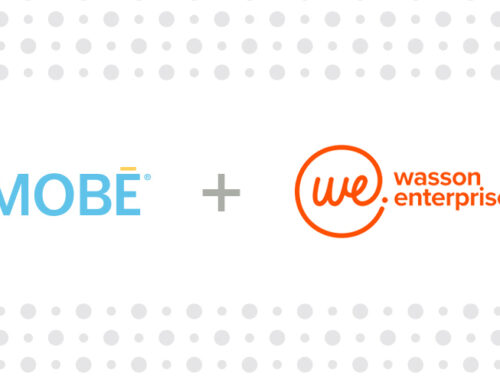The Economic and Psychological Costs of Insomnia:
Part 2: Insomnia – Is there a better solution for health plans?
Member engagement is among the largest challenges health payers and third-party administrators (TPA) face in today’s consumer driven healthcare system. Millions of dollars are spent every year marketing to members to get them more involved in their own healthcare. Ultimately this leads to 2 missions; keep your members healthy and keep high risk utilization down.
Insomnia accounts for an estimated $13.9 billion a year in direct treatment costs to health payers, but the accompanying issues that are related to insomnia (i.e. hypertension, obesity, type 2 diabetes and heart disease) can account for up to $92 billion a year.[1] With insomnia accounting for this much in utilization costs annually, there is a huge incentive to help members address their sleeping issues with a long-term solution. The quick and easy option is to offer a pharmacotherapy solution, but that has a lower long-term success rate and drug costs continue to climb at an alarming rate.
What are the other options a health plan can use to treat insomnia? Cognitive Behavioral Therapy for Insomnia (CBT-I) is a proven and successful long-term solution that teaches patients to address the causes to their insomnia and not just the symptoms. Even with its success, CBT-I does have its challenges and issues that make it difficult for health payers to promote to their members. There are less than 700 CBT-I specialists in the entire US to care for the 30 Million Americans suffering from Insomnia. In addition, it requires at least 6 in office visits in a six-week span, which is costly and burdensome to most patients who don’t have the time and financial resources to complete the CBT-I therapy sessions.
In this age of enlightenment for healthcare, technology solutions are available for insomnia patients which are accessible from the comfort of their own home. Because these solutions are typically automated, health payers can keep utilizations down because there are no specialty office visits and claims submitted. Given that 10% of Americans are suffering from insomnia every year, health payers have a tremendous opportunity to improve their members’ health, and curb their costs in the long-run with these cutting-edge solutions
[1] Martin S, Aikens J, Chervin R. Toward cost-effectiveness analysis in the diagnosis and treatment of insomnia. Sleep Med Rev. 2004;8:63–72
Michael is a Director of Business Development at Leverage Health and can be reached at mi*****@************th.com for any questions or inquires you may have about Insomnia.







Stay In Touch